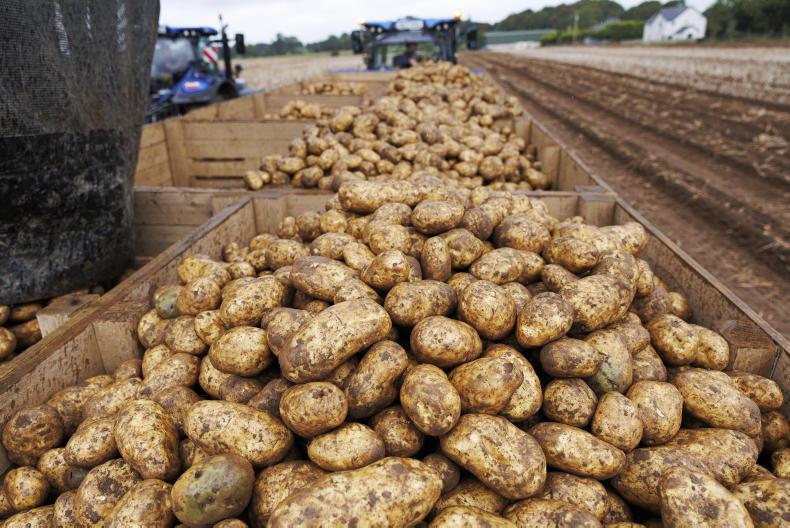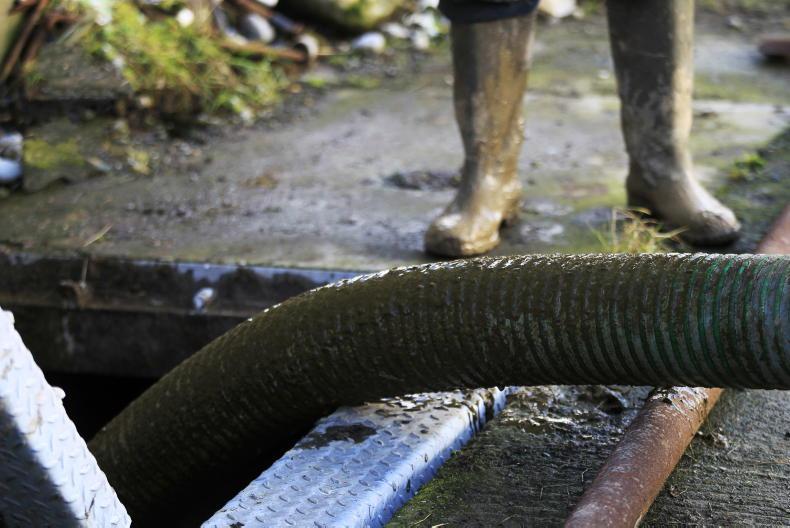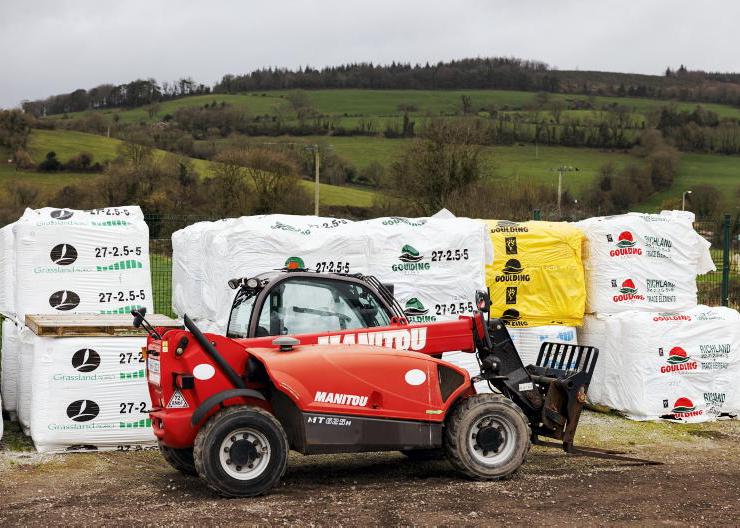Over the last number of years it has been proven that swards of perennial ryegrass (PRG) and white clover (WC) or red clover (RC) can produce similar levels of herbage to PRG monoculture swards but require less chemical nitrogen (N) to do so.
Recently, there has been a growing interest in using multispecies swards, which include forage herbs such as plantain (PL) or chicory (CH), to provide farmers with another pathway to reduce chemical nitrogen (N) use as well as provide ecosystem services to the wider environment.
There is a lack of information regarding multispecies sward dry matter (DM) production and individual species contribution to swards, particularly in grazing scenarios.
In order to answer some of these questions, a grazed plot trial was established at Moorepark in 2019.
Ten sward mixtures were sown, ranging in complexity from a PRG monoculture to two-, three-, four- and five-species mixtures including PRG, WC, RC, CH and PL (Table 1).
These plots were managed under two rates of chemical N fertiliser, 100 and 200 kg N per ha per year, and luxury rates of P and K, although no slurry was applied. The plots were grazed to 4cm by lactating dairy cows when the high-N PRG monoculture sward reached a target pre-grazing herbage mass of 1,200-1,400kgDM/ha. The plots were assessed over three grazing seasons (2020-2022).
Current results indicate that all sward mixtures including WC produced higher levels of DM than those which did not (Table 1), this is true at both rates of chemical N application.
While there was some numerical increase in DM production where herbs were included in swards without WC, it was minimal. Further, swards which include WC produced similar levels of DM at 100kg N/ha as all other swards receiving 200kg N/ha, which indicates a significant level of N was being fixed by WC in these swards.
From the current data set we can say that there is limited DM production advantage to including RC, PL or CH in grazing mixtures compared to PRG and WC swards.
Within complex multispecies swards, the presence of WC appears to be a key component for increased sward production.
It is important to note that the inclusion of herbs in grazing may have other benefits to either ecosystem services or animal health. These factors were not assessed as part of this agronomic trial.
This study will continue for a further two grazing seasons to assess ongoing sward DM production and the persistency of herbs in grazing swards.









SHARING OPTIONS